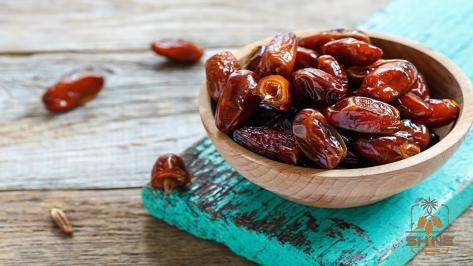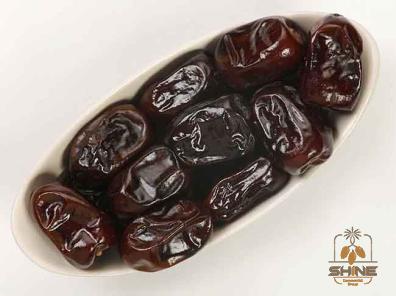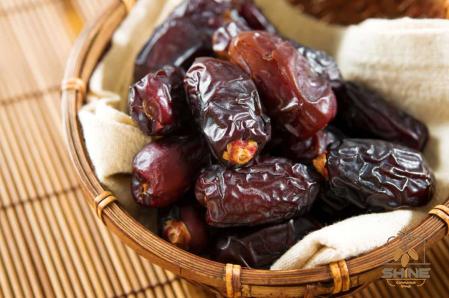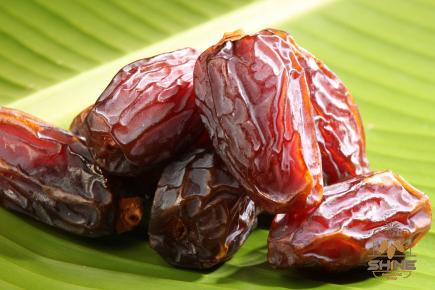Coconut sugar and date sugar are two types of alternative sugars that have been vying for my attention as of late.
These sugars have been showing up in recipes that claim to be healthier with numerous health benefits, and they are occupying valuable shelf space at the Whole Foods and health food stores that are located in my area.
Since these sweeteners are now readily available in such a wide variety of settings, I decided that it is time to investigate them. Do they actually provide any additional health benefits over the white stuff that has been refined?
It would appear that society has bestowed a health halo on anything made from coconut these days, and coconut sugar is no exception.
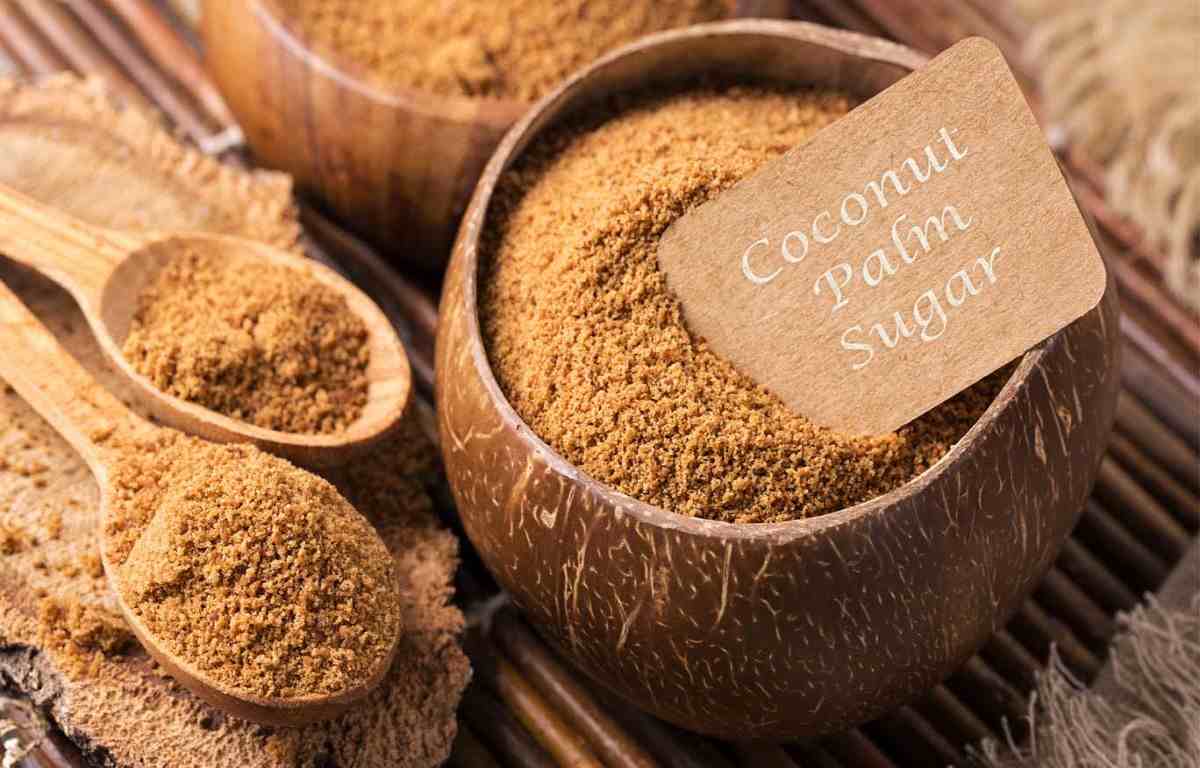
The internet is rife with cookie recipes labelled as healthy or diet-friendly, with the primary “improvement” being the replacement of regular sugar with coconut sugar.
This product, which looks, tastes, and behaves in recipes a lot like regular brown sugar (it has a subtly distinct flavour but does not taste like coconut, per se), is derived from the sap of the coconut palm tree, much like maple syrup is derived from the sap of maple trees.
It is common practice to boil down coconut palm sap into syrup, which is then bottled and sold. However, the sap is also commonly crystallised to form a sugar that can be scooped, and this sugar can be used as an easy one-for-one replacement for white sugar in a variety of recipes.
As a result of the fact that it has not been refined, it has preserved both its natural brown colour and the minerals that are present in the sap from which it is extracted.
There is not a lot of information available on coconut sugar; however, a report that is produced by the Food and Nutrition Research Institute in the Philippines notes that it contains iron, zinc, calcium, potassium, and other nutrients.
However, you shouldn’t start doing happy dances just yet because, when everything is put into perspective, it really isn’t that much.
To get the same amount of iron and zinc that is found in a typical serving (six ounces) of roasted chicken, for instance, you would need to consume the equivalent of about 25 teaspoons’ worth of coconut sugar.
This is the amount of iron and zinc that is found in roasted chicken. In addition, 25 teaspoons of regular brown sugar (which is simply white sugar with some molasses added back in) has a little bit more than 1 mg of iron and some zinc as well.
Coconut sugar has approximately the same number of calories as regular sugar does, and it costs more than $4 a pound in comparison to about $1 a pound for brown sugar. Clearly, the presence of minerals is not a sufficient reason to switch to coconut sugar on its own.
“Fat-burning” foods and other nutritionally dubious practices that sound scientifically plausible
The primary advantage of using coconut sugar is that, unlike the vast majority of other types of sugar, it does not cause your blood sugar level to rapidly increase.
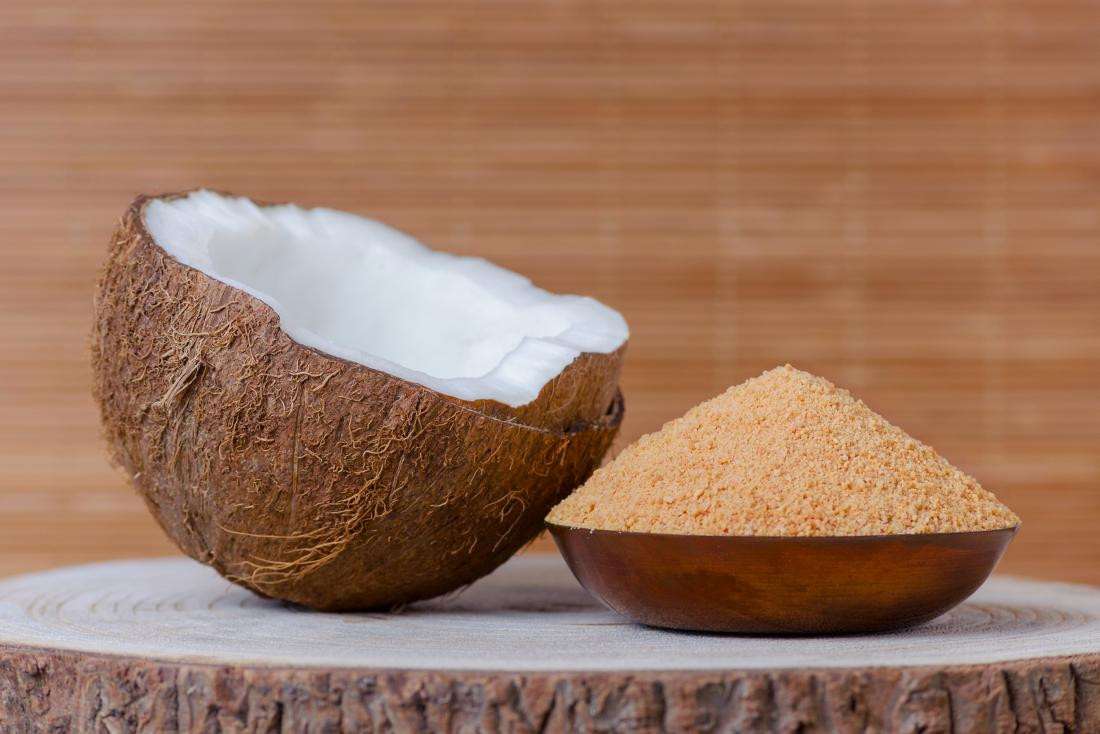
According to research conducted at the University of Sydney, coconut sugar has a glycemic index (GI) of only 54, making it a food that is considered to be low in glycemic impact.
Quinoa has a GI of 53, while regular sugar has a GI of 65 when compared side-by-side. (The report from the Philippines noted that the GI of coconut sugar is 35, a number that is often quoted online.
The discrepancy could be due to methodological differences and individual variation, but since the University of Sydney uses the international standard method and produces extensive GI data that is used worldwide, I’m going with their value.)
Because it contains inulin, a type of soluble fibre that reduces the rate at which food is absorbed in the digestive tract, coconut sugar has a glycemic index (GI) that is significantly lower than average.
Inulin is also considered to be a prebiotic, which means that it is the food of choice for the beneficial bacteria that live in the digestive tract and that it may assist in the development of a healthy microbiome in the digestive tract.
Since inulin can be found in a wide variety of foods—onions, garlic, leeks, asparagus, and bananas, for example—and since it’s also added to many commercially prepared foods, I wouldn’t recommend using coconut sugar as a source of inulin by itself.
Coconut sugar, on the other hand, is a natural sweetener that may be preferable to other options if you are looking to maintain stable blood sugar levels and steer clear of artificial sweeteners.
Coconut sugar still counts toward the daily added sugar cap of six teaspoons for women and nine teaspoons for men, which is recommended by the American Heart Association.
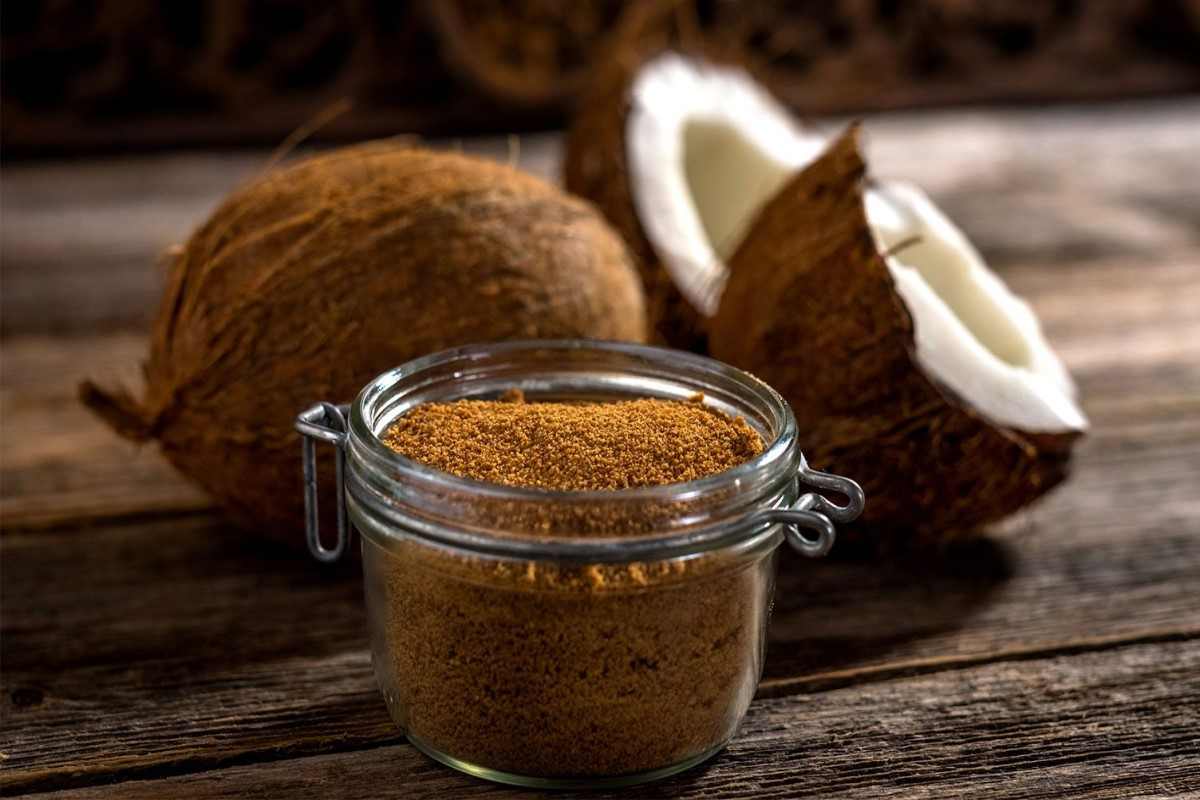
However, this benefit should not be used as an excuse to consume excessive amounts of coconut sugar because the benefit should not be used as a justification to consume excessive amounts of coconut sugar.
However, date sugar is not made from the tree’s sap; rather, it comes from a different species of palm tree known as the date palm.
Instead, it is a granulated form of the fruit that grows on the tree; more specifically, it is dates that have been ground into a powder. (Another type of sugar is produced from the sap of the date palm.
It is referred to as palm sugar — not to be confused with coconut palm sugar — and is frequently utilised in the culinary traditions of Southeast Asia. It is conceivable that palm sugar could share many of the same qualities as coconut sugar, but research on the topic is limited.)
As a result of the fact that date sugar is nothing more than ground-up whole dried fruits, it contains all of the nutrients that are found in fruits, including vitamins, minerals, antioxidants, and fibre.
However, just like with coconut sugar, you would have to consume a considerable amount of date sugar in order to obtain a significant amount of its nutritional benefits.
However, considering that it contains only 10 calories per teaspoon, it is approximately one-third less caloric than regular sugar.
Furthermore, it contains a respectable amount of fibre and potassium, with 1 per cent of the Daily Value of potassium and 2 per cent of fibre contained in each teaspoon.
Because of the presence of fibre, it also has a GI that is close to 50, which is considered to be low (it varies by variety).
Since date sugar is produced from unrefined fruit (as opposed to the highly processed fruit juice concentrates that are commonly found in many packaged foods), it is not technically considered to be an added form of sugar.
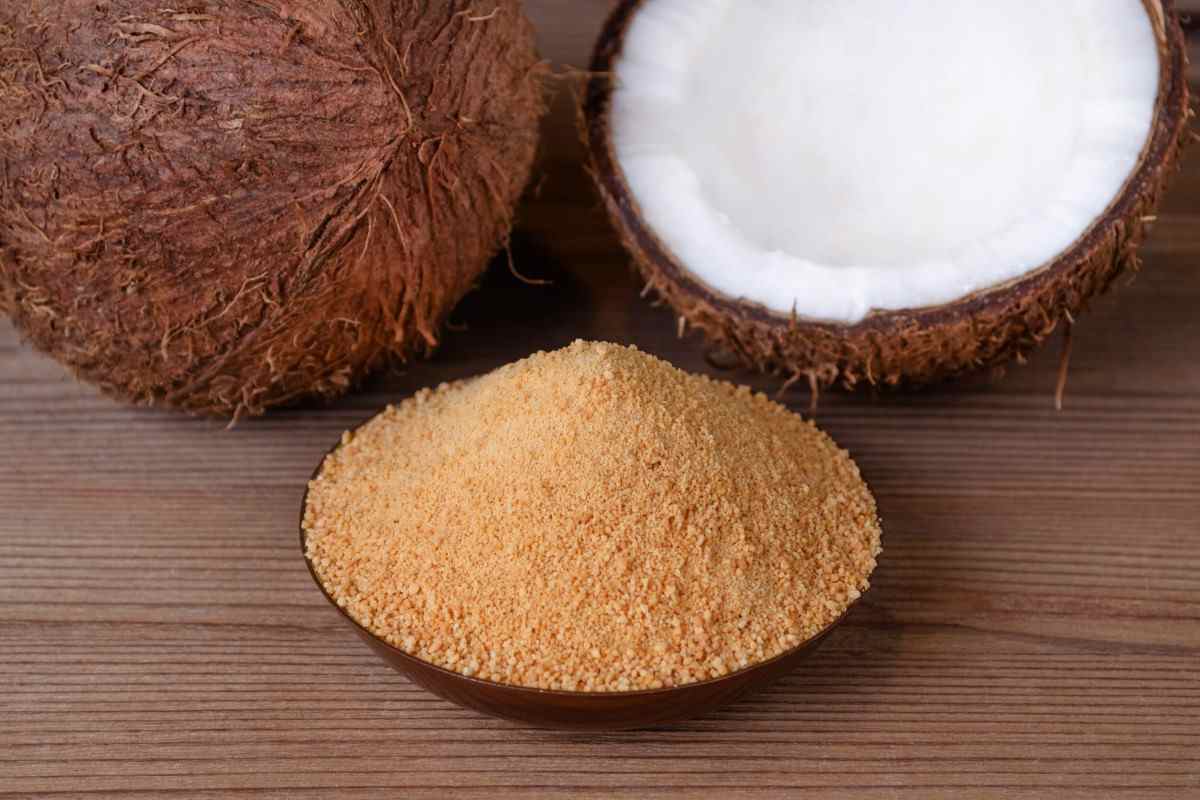
However, because of its naturally high level of sweetness, it can be used in place of sugar in a variety of recipes.
Although it is quite a bit less sweet than refined sugar and has a distinct date-like flavour profile, I gave it a try in a smoothie and in banana bread by substituting it for regular sugar one at a time, and it worked wonderfully in both of those recipes.
However, because of its date-like flavour profile, it might not be suitable for use in all recipes.
In addition, because it does not melt, it did not work when I tried to caramelise bananas with it or use it to sweeten tea. Both of those experiments are a failure. Additionally, the price is quite steep, coming in at approximately $12 per pound.
Even though neither of these alternative sugars is the silver bullet white sugar replacement that we might have hoped for, they do have the advantage of having a less dramatic effect on blood sugar levels and providing at least some nutritional value.
Because of that, and the fact that I found both of their flavours to be enjoyable, both of these items have worked their way into a permanent spot in my pantry.
But switching to them won’t make or break your diet because a cookie, even one made with coconut or date sugar, is still a cookie.
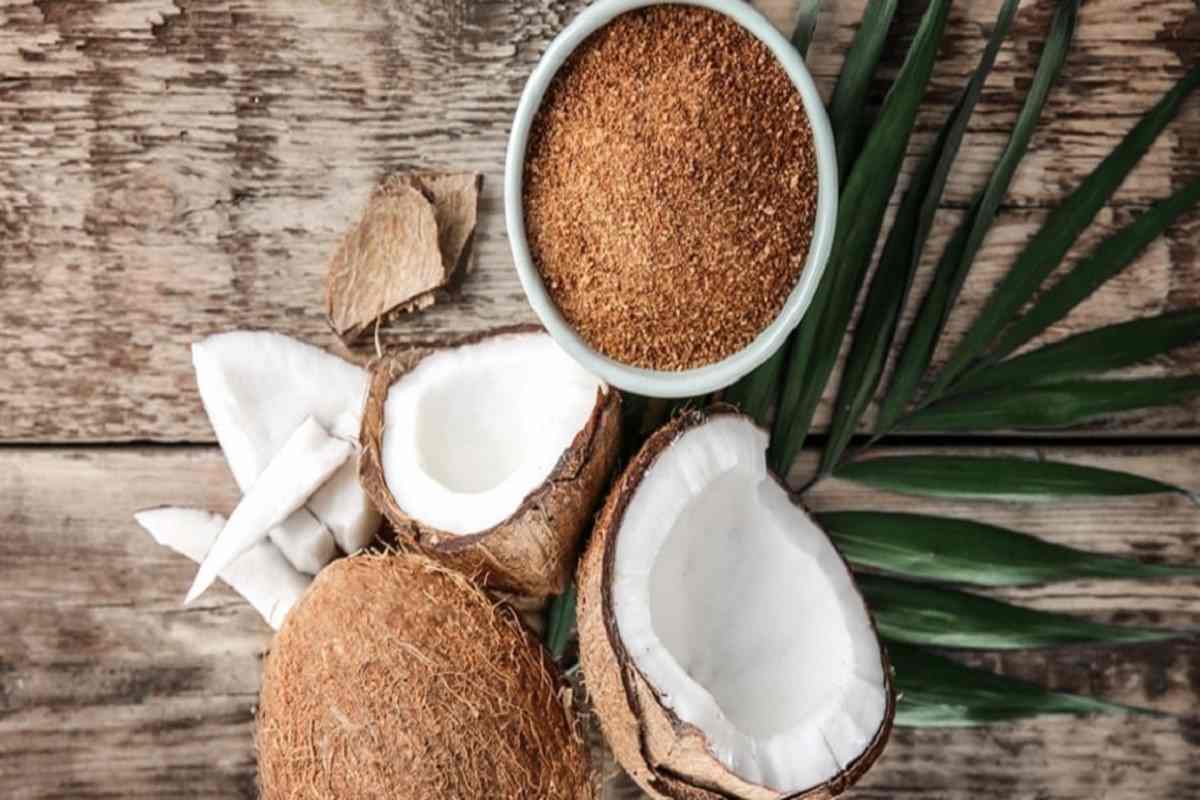
date sugar production
Wondering how date sugar is produced? The thing is, there are some methods in the production of date sugar! Following the article, you will get to know all.
The pits are removed from the date fruits, and the resulting pieces have approximate dimensions of 1 centimetre by 1 centimetre by 0.3 centimetres. The date fruits, once they have been prepared, are then utilised in one of three distinct extraction processes.
Method for extracting date syrup using water:
Various amounts of water are added to samples of fruit pulp that have been placed in an Erlenmeyer flask that is 1 litre in capacity.
The samples weigh 100 grammes each. With the help of a hand-held blender, the date pulp/water ratios of 1:2, 1:3, 1:4, and 1:5 are mixed together (Phillips, Holland). According to [6], the pH is changed so that it reads 6.0 [+ or -] 0.2.
Each sample is replicated three times before being put into the water bath at 70 degrees Celsius for two hours. After being heated, the slurry is filtered through cheesecloth using a hand press in order to remove large impurities and insoluble matter.
Next, the mixture is centrifuged using a model from the United States called the RC 28 S at 8000 g for ten minutes. After being decanted, the supernatant is then weighed.
Extraction of date syrup through the use of pectinase and cellulase:
The extraction process is also carried out a second time at a ratio of 1/3 D/W, this time with the addition of ratios of enzyme mixtures.
Blending is done with a hand-held blender for the samples (Phillips, Netherlands). After adjusting the pH to 6.0 [+ or -] 0.2, the pectinase and cellulase preparations (1:1) are added at the rates of 0.25, 0.50, and 1.0% (v/w).
The enzyme preparations are added after the pH has been adjusted. [6] Each specimen is replicated three times and then immersed in a water bath maintained at 50 degrees Celsius for a period of four hours.
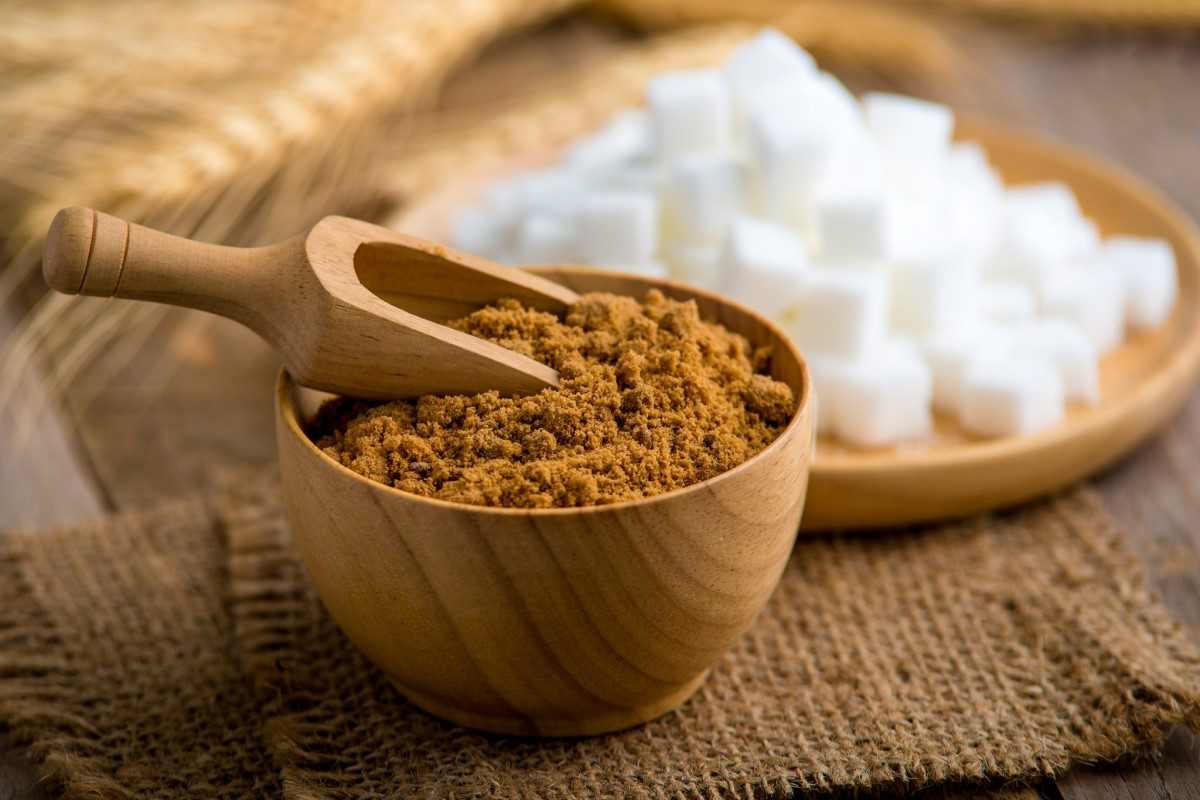
Following that, the slurry is pressed through a cheesecloth using a hand press in order to remove large impurities and things that are insoluble. After that, they are centrifuged, and the liquid that remains after that is drained, weighed, and decanted.
Ultrasonic waves are used to extract the date syrup, as follows:
The extraction procedure is also carried out with a ratio of 1:3 W/D utilising an ultrasonic device (Hielscher, Model UP400S, 400 W, with 14 mm tip diameter, Germany) with varying amounts of power (15, 20, and 25%).
Following the blinding process, each sample is replicated three times before being placed in an Erlenmeyer flask of one litre capacity, which is then placed in a water bath at 40 degrees Celsius for two hours while undergoing sonication for sixty minutes [7].
Following that, the slurry is pressed through a cheesecloth using a hand press in order to remove large impurities and things that are insoluble. After that, they are centrifuged, and the liquid that remains after that is drained, weighed, and decanted.
Process of Filtration
For the purpose of achieving a higher level of purity in the final product, the extract that has been obtained through the use of various extraction techniques is passed through a filtering system manufactured by Filtrox AG and located in St. Gallen, Switzerland.
This filtering system has an effective clarifying filtration area of 1.02 m2 and a pore size of 2.0 pm, and it is run under a pressure of 1 bar. The clear extract is concentrated using a rotary evaporator (Rotavapor R-124, Buchi, Switzerland) at a temperature of 70 [5].
This results in approximately 78 degrees Brix. The concentrated samples are placed in bottles made of sealed glass, and then they are kept at room temperature, which is 20 degrees Celsius, until they are analysed.
